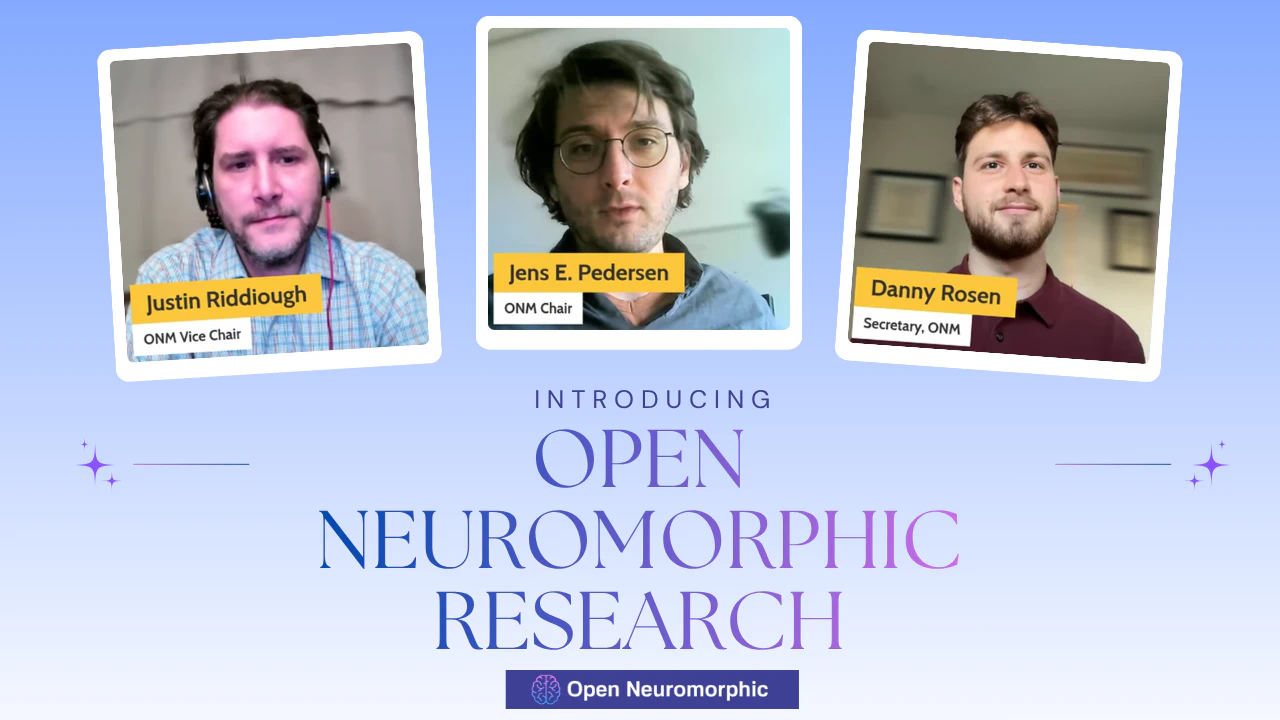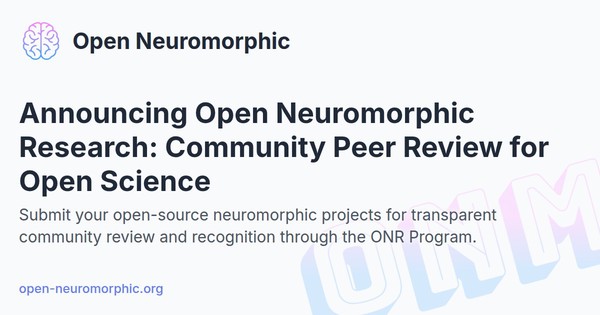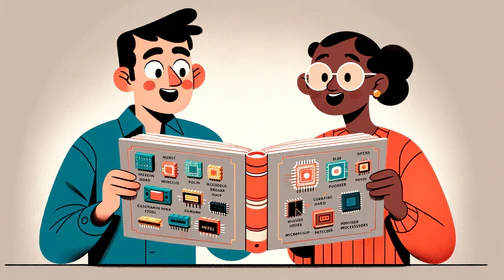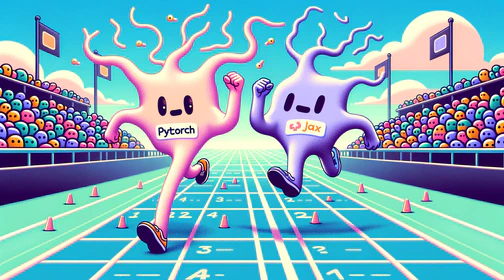
Call for Papers: Open Neuromorphic Research
Open Neuromorphic is launching Open Neuromorphic Research a peer review initiative designed to highlight open, reproducible, and high-impact work in neuromorphic computing. Submissions are reviewed by volunteers from the community and, if approved, receive the ONM Community Approved badge along with a certificate page in our Approved Research Registry.
Whether you’re submitting a research paper, codebase, dataset, or educational tool, ONR gives you a pathway to visibility, constructive feedback, and community validation.
Why Participate?
- Get Recognized: Approved projects receive a badge and are showcased in our registry
- Get Reviewed: Receive constructive feedback from expert volunteers
- Build Trust: Show your commitment to open, transparent science
- Accelerate the Field: Help build a shared ecosystem of reproducible tools
What Can You Submit?
We accept open-source neuromorphic projects including:
- Research codebases (e.g. SNN models, simulators)
- Publication-style papers
- Datasets and preprocessing pipelines
- Educational resources, tutorials, and docs
- Hardware libraries (e.g. for Loihi, Speck, etc.)
- Analysis or visualization tools
Submissions may be GitHub repositories, Jupyter notebooks, whitepapers, or IEEE-formatted papers. All submissions must meet our Definition of Open.
How It Works
- Prepare Your Submission: Follow the Submitter’s Guide
- Submit via OpenReview: Use the ONR Submission Portal
- Community Review: Your submission is reviewed by 3–5 volunteers, based on criteria like clarity, reproducibility, and contribution
- Receive Recognition: Approved projects are awarded a badge and added to our public registry
Review Criteria
Reviews focus on:
- Relevance to neuromorphic computing
- Clarity and documentation
- Reproducibility of code/methods
- Technical rigor
- Openness (permissive license, transparent methods)
- Community value (benefit to students, researchers, etc.)
Details available in the Review Criteria.
Timeline
- Submissions: Accepted on a rolling basis
- Review turnaround: Typically within 1 month (depending on submission size)
- Decisions: Constructive feedback provided for all submissions. Submissions are either accepted or revisions are requested.
Get Involved
- Submit Your Work
- Become a Reviewer
- Join the
#onr-programchannel on our Discord - Contact us at contact@open-neuromorphic.org
About ONR
The ONR initiative supports transparent, community-led peer review in neuromorphic computing. Our mission is to elevate high-quality, open-source projects and promote practices that make research more reproducible, collaborative, and impactful.
For all details, visit the ONR Hub.
Have an idea? Share your voice.
Open Neuromorphic is a community-driven platform. We invite you to share your research, tutorials, or insights by writing a blog post.









